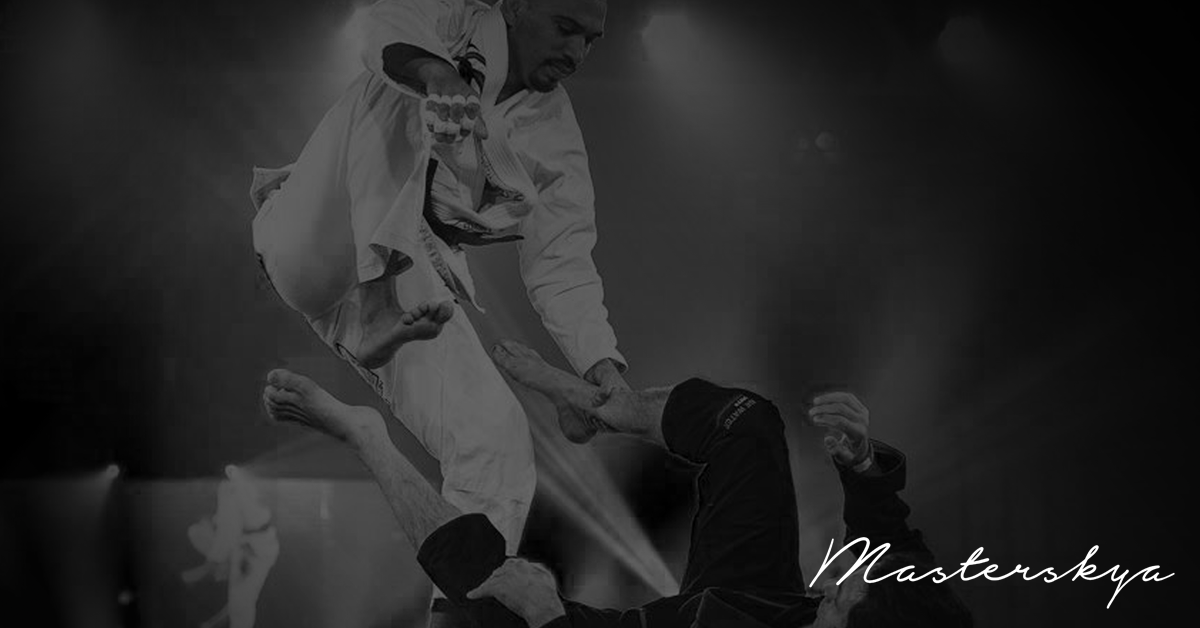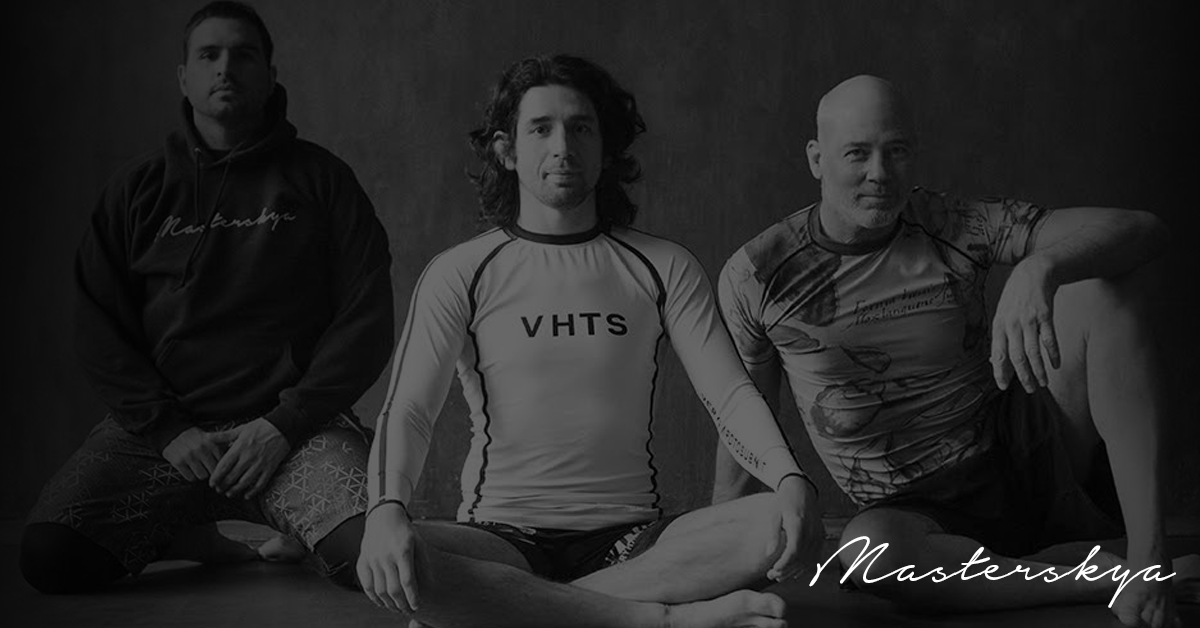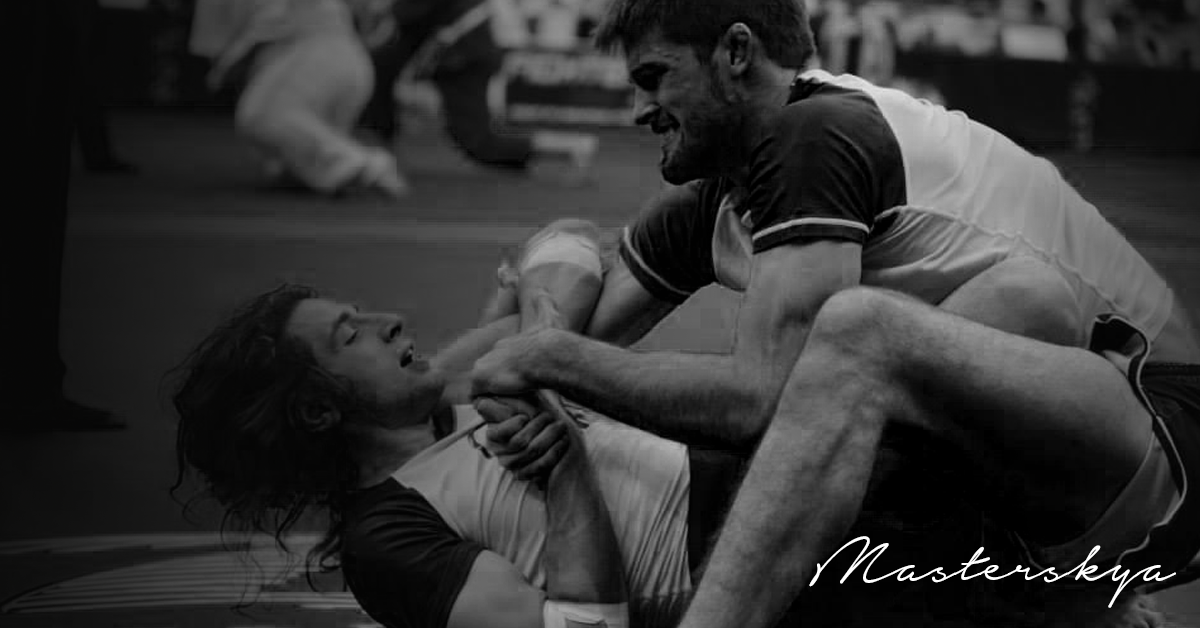This is written by Alex and Van’s former student and great friend and a huge influence on Masterskya, Tom Corrie. A master’s world BJJ champion in the purple belt division.
A couple of weeks ago, I posted some of the insights I have gained as an older BJJ student. That post was shared and reshared over 250 times, reacted to more than 1000 times, and generated numerous comments. I never anticipated such a wide-spread response. Professor Gustavo Gasperin was kind enough to post my thoughts on his MMA Leech website, as were a number others of including Master Marcio Strambowsky and Professor Alex Ecklin, and my reflections took off.
Since then, I’ve concluded that there are a very significant number of older grapplers (both female and male) in the BJJ Community who have had similar experiences raising like concerns. To that end, I felt the time was right to address a subject that I really haven’t seen anyone in the BJJ Community focus on previously, arthritis and its impact on the older student.
As I did not start my BJJ training until I was 65 years old, I was already experiencing many of the symptoms commonly associated with arthritis from the beginning. As a result I have had to develop certain “coping” strategies to continue and progress. I’ve listed a few of them below in the hope that others may benefit from my observations.
1. Admit It – You have to admit to yourself that you suffer from the condition. Combat athletes have a tendency to try to ignore pain and just push forward (no pain, no gain). As the high drop-out rate from BJJ training indicates (particularly among older grapplers), the long-term results of the “denial philosophy” are generally not good. Acknowledging the condition, and the need to structure your training around it, will allow you to experience the joy of BJJ training, while minimizing the restrictions arthritis can impose on you.
2. Lighter is Better – The more weight you carry, the more strain is placed on your joints. This is true for the average older individual, but is very much more so for the older grappler who often not only has to carry his or her weight but often finds themselves in the position of supporting another person’s weight as well when they are rolling. Weight loss can be hard, but I have experienced success with the “intermittant fasting” methodology. About 15 years ago, I read a book called “The Warrior Diet” by Ori Hofmekler. I found it an interesting read about a complex subject. Obviously, each individual is different, and a physician’s advice is sometimes necessary, but maintaining a good training weight is particularly important to arthritis sufferers.
3. Train Smart – When you are rolling, if you find yourself in a particularly compromising position, tap early. For me, since my shoulders are very arthritic, anytime I find myself in a potential shoulder lock situation (e.g., Kimura or Omoplata), I am immediately on alert and tap before injury occurs. I have learned this through many painful experiences. Be Smart!
4. Cardio Conditioning – As we age, and arthritis advances, the means we use for endurance training often has to change as our joints simply can’t take the pounding they could when we were younger. I used to run quite a bit, and was particularly fond of “hill” training, but have found that my joints now tell me “No More” in that regard. In the alternative, I started using an airbike and have found it to be very challenging. Other options include a rowing maching or, for some folks, swimming (no good for me because of my shoulders).
5. Strength Training – When I was younger, I was a weight thrower and powerlifter. I gradually transitioned a large portion of my training to working with kettlebells, with snatches being a particular favorite. However, while I still incorporate certain weight exercises in to my training, more and more I depend on rubber bands since they impose less stress on my joints, and the additional force needed to stretch the bands can be applied in a consistent manner thereby eliminating the sudden impact forces that sometimes result from kettlebell and weight work. Also, I have found that limiting the length of strength training sessions to no more than 30 minutes significantly cuts down on the inflamatory affect the training has on my joints.
6. Mobility and Flexibility – Inevitably, with the on slaught of arthritis, our bodies lose range-of-motion in our joints and flexibility. I have found that I’ve experienced quite a significant increase in the ability I have in my shoulders to move more freely when I have stretched them everyday. I believe consistency is much more important than the length of the stretching routine. Five minutes every day works better than fifteen minutes every other day.
7. Pain is Inevitable – I think it goes without saying that BJJ training sometimes involves enduring a certain amount of discomfort. When arthritis comes into play, that discomfort is often magnified. I have found, depending on the circumstances, over the counter pain relievers like Advil, Alieve and Tylenol can provide some relief. Also, Delayed Onset Muscle Soreness (“DOMS”) is real. Often, after a heavy training session, I’ve found that I am most sore two days after the session, rather than the next day. In my case, by the second afternoon the soreness is usually greatly diminished, but the second morning is hell. Understanding your body’s reaction to hard training allows you to implement recovery strategies. I love hot showers!!! I know some folks like alternating between hot and cold, but I am not that brave!
8. Know Your Limitations – Because of the restrictions the arthritis in my shoulders impose on me, certain techniques are just not viable options for me when I am rolling. Loop chokes are almost impossible, and gullotine chokes are very difficult for me to successfully implement. On the other hand, I love baseball chokes. Look for altenatives! One of the beauties of BJJ is the plethora of techniques available to the practitioner!!!
9. Inform Your Coach – Keep your Professor informed of your limitations. He or she will then be able to help you structure a game that you can be successful with. While this is important for all older students, it is of particular importance if you plan on participating in BJJ tournaments. For most older students, our time on the mats is limited. Don’t waste any of it! Use your Professor’s experience for your benefit. In my case, Master Marcio Stambowsky is in his late fifties and also has arthritic shoulders. He understands my issues and helps me work around them, as does my coach Professor Pedro Minc Baumfeld.
10. Arthritis is Not an Excuse – Don’t use arthritis as an excuse to stop training. Instead, use it as motivation to take ownership of your training. If you think that you can just depend on others to guide you along the path, you will be greatly disappointed. Generally, you will find others more than willing to help you, but the ultimate effort must be your own!!! Have an open mind and always consider the alternatives. Often, you will have to come up with “out of the box” solutions. For example, I had for some time used rope skipping as a mobility and coordination building activity. Several years ago, I found that it was resulting in me having sore knees that lasted several weeks. I decided that incorporating speed bag training into my workouts would be very beneficial to my coordination, and avoid the problems inherent for me in skipping rope.
I wish you all the very best of success with your training!!!



